Perennials are great plants which will bloom for many years. When you buy these plants, you need to ensure that they have a well-developed root system.
These healthy plants will need to be planted correctly to ensure that they grow for years. They can also make sure that your garden can still produce loads of colour in late Summer.
Plant As Soon As Possible
Once you have the perennials, you should plant them as soon as possible. You should plant them in an area where water will drain quickly after rain. To prepare your planting bed, you need to loosen and turn the soil to a depth of approximately 8 inches. The soil will then have to be leveled with a rake removing large soles and clumps of grass.
Amend The Soil
After turning the soil, you will need to amend it to create ideal conditions. You might need to add some compost or peat moss and work it in. You should also have the soil tested to ensure it meets the needs of the plants.
Dig A Hole
Each plant will need to have a hole which is slightly larger than the root ball. The plant should be placed with the crown even or slightly below the soil surface level. The area around the roots will need to be filled with fine soil and lightly firmed. A saucer or depression should be left around the plant to hold water.
Water The Plants
You will need to add around a quart of water to the depression around the plant. Once this has soaked in, you need to water them again. After the second watering, you can fill in the depression with fine soil. You will need to water the plants as needed.
Mulch
In colder areas, you will need to apply mulch to the soil in late fall. You can use loose straw, salt hay or evergreen branches for this. However, you should not pack them down too tightly. The mulch will need to be removed in the spring to allow the perennials to grow.
Seasonal Care For Perennials
After the perennials start to grow in the spring, you will need to add some mulch around them. When you do this, you should avoid covering the crowns. Shredded leaves, wood chips, grass cuttings, and compost can be used as a mulch. The mulch will keep the soil moist, cool the roots and prevent weeds.
Taller perennials will need to be staked to prevent any damage from the wind. As the plants grow, you will need to tie them.
When it comes to pruning, you should remove the dead flower heads and stalks after they have bloomed. This will stop the plants setting seeds and help them preserve their strength. You should also apply a slow-release fertilizer to keep their foliage growing. This will also help them bloom and grow in the next year.
During the fall, you may have to trim the plants. Some perennials will die back to the roots at this time and you should cut the stems back above the crowds. The clump will start to grow again in the early spring.
Most perennials can be divided after 2 to 3 years of growth. This will provide a constant source of new plants. Dividing the plants will also keep them healthy as it stops any overcrowding. After 3 to 4 years of growth, you should dig up the root mass in early fall and cut the crowns into several sections. Each section will need to retain its root mass. The center portion of the plant will have heavy and woody growth and this should be discarded. You can then replant the new sections.
The post A Basic Guide To Grow Perennial Plants appeared first on YourAmazingPlaces.com.


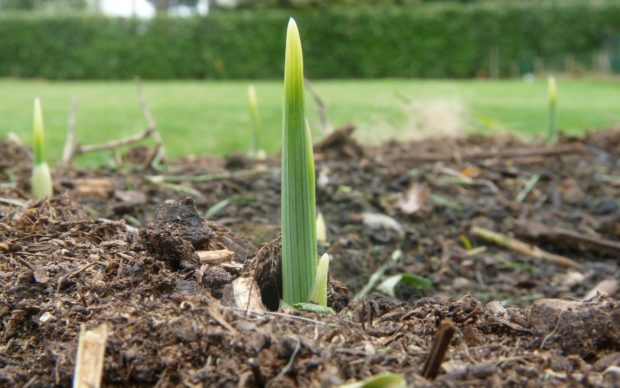
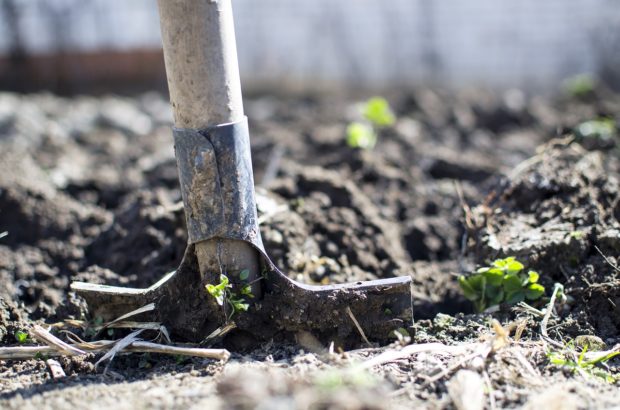
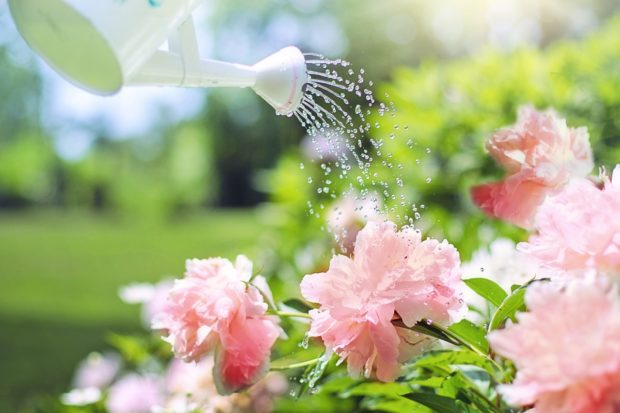
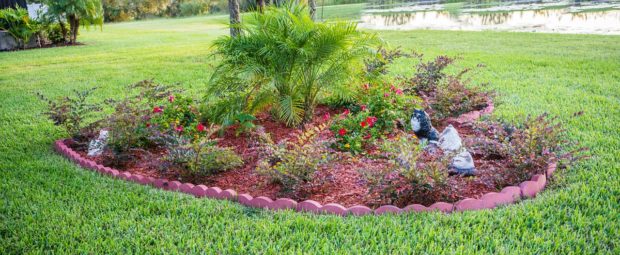
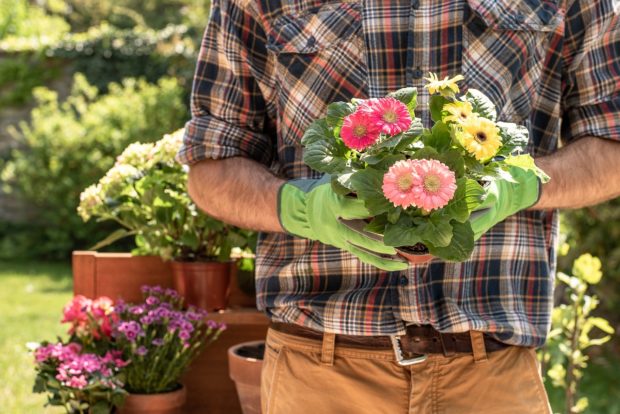

No comments:
Post a Comment